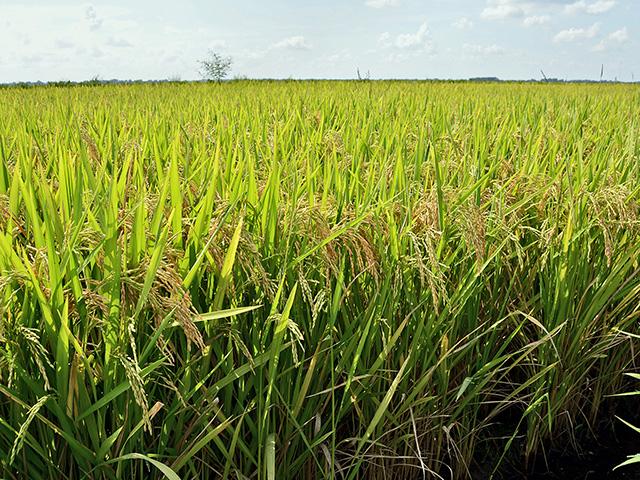Inside the Market
Rice: The Coronavirus-Proof Grain?
As you have probably heard by now, year-to-date ag price performance has been a depressing topic in 2020 thanks to the disruptive influence of COVID-19 on markets. As of mid-April, spot futures prices of corn and soybeans were down 17 and 12% respectively. Spot cotton prices were down 23%, Class III milk prices were down 35%, cattle were down 31% and hogs were down 39%.
The expensive toll of COVID-19 and efforts to slow the spread of the disease have become so pervasive, the International Monetary Fund (IMF) recently estimated world gross domestic product (GDP) would contract 3% in 2020 and U.S. GDP would be down 5.9%. If the IMF's estimate is true, it will be the sharpest decline in U.S. GDP since 1946.
Amid the bearish wreckage, two U.S. grain prices are holding up relatively well. Spot KC wheat prices are roughly even in the first three and a half months of 2020, and spot prices of rough rice are up 9%. In the case of rice, world demand is expected to maintain trend-line growth in 2020-21.
NO RESPECT
For years, wheat and rice have been the Rodney Dangerfields of crop choices, as low levels of demand growth relative to corn and soybeans have often meant less-profitable prices for producers. Over the past 30 years, world demand for soybeans increased 232%, and corn demand increased 140%, while demand for rice and wheat was up 43% and 36%, respectively.
P[L1] D[0x0] M[300x250] OOP[F] ADUNIT[] T[]
The catch in 2020 is that corn and soybean demand is dependent on rising incomes and the expansion of meat production. In contrast, demand for the two basic staples are largely functions of population growth, a statistic that COVID-19 won't significantly change.
This year's rice prices are also being helped by drought in Thailand and an export ban in Vietnam, two factors reported in USDA's April issue of "Grain: World Markets and Trade" (bit.ly/2Y8qLYG). In mid-April, old-crop rice prices at $14.50 per cwt are near their highest level in five years.
In late February, USDA estimated U.S. rice plantings at 2.85 million acres in 2020, a 12% increase if true. U.S. ending stocks of rice are expected to increase from 30 million cwt in 2019-20 to 49 million cwt in 2020-21, a larger surplus that suggests an average farm price of $12 per cwt in 2020-21.
OVERALL DEMAND
For the world, the International Grains Council expects record demand of 501 million metric tons (mmt) in 2020-21. Ending rice stock among the top five rice exporters are expected to increase from 42 mmt to 46 mmt.
With a U.S. planting of only 3 million acres, we can't expect rice to take the bearish burden off of corn or soybean prices in 2020, but it's nice to know there is at least one U.S. crop some farmers can grow that shouldn't have prices ruined by COVID-19 in 2020.
> Read Todd's blog at about.dtnpf.com/markets.
> You may email Todd at todd.hultman@dtn.com, or call 402-255-8489.
[PF_0620]
(c) Copyright 2020 DTN, LLC. All rights reserved.




